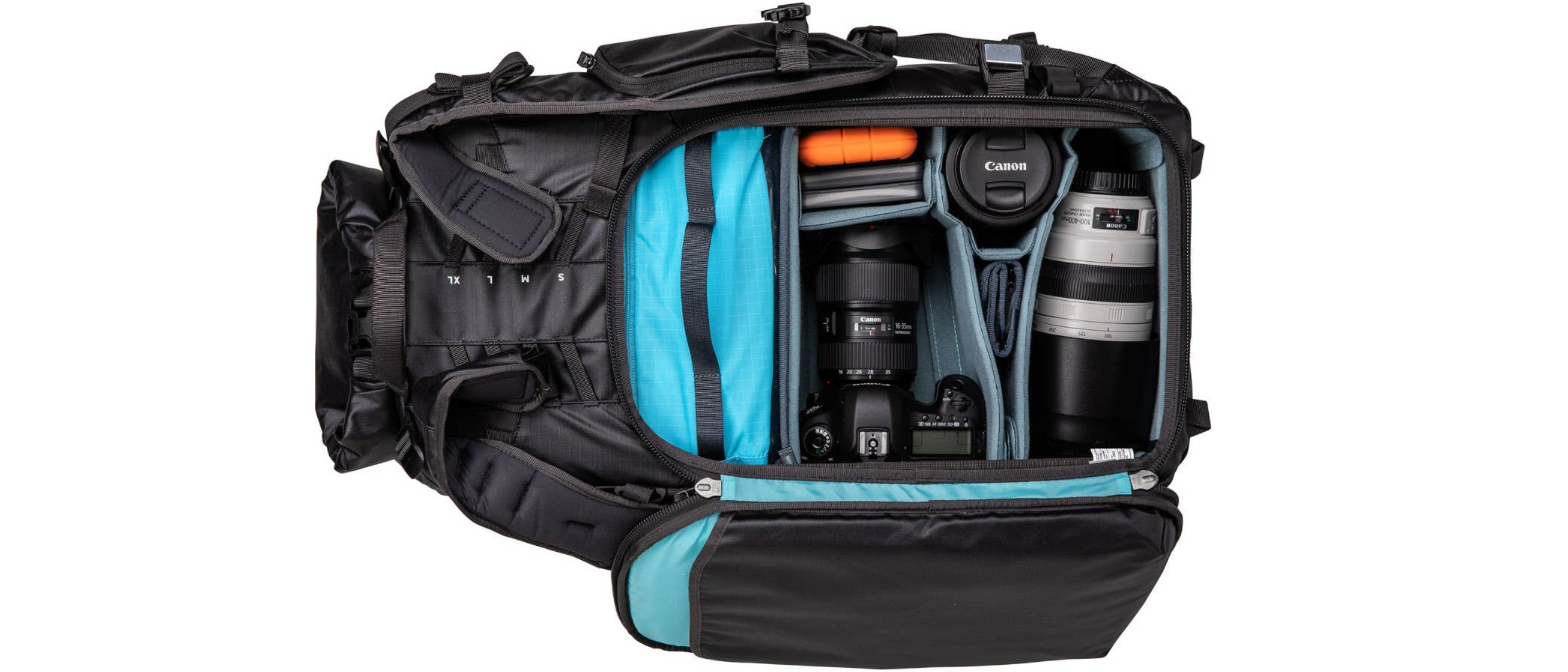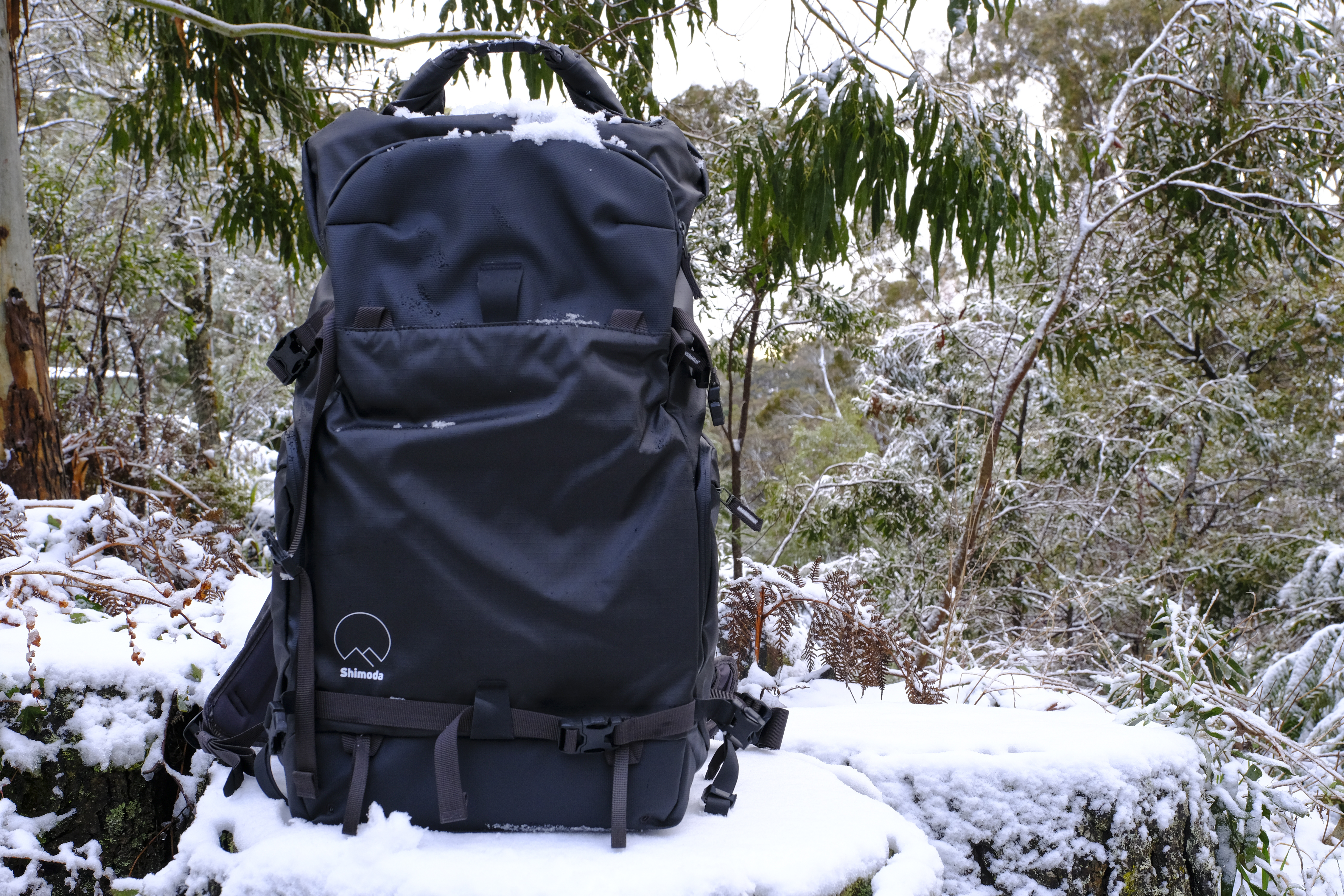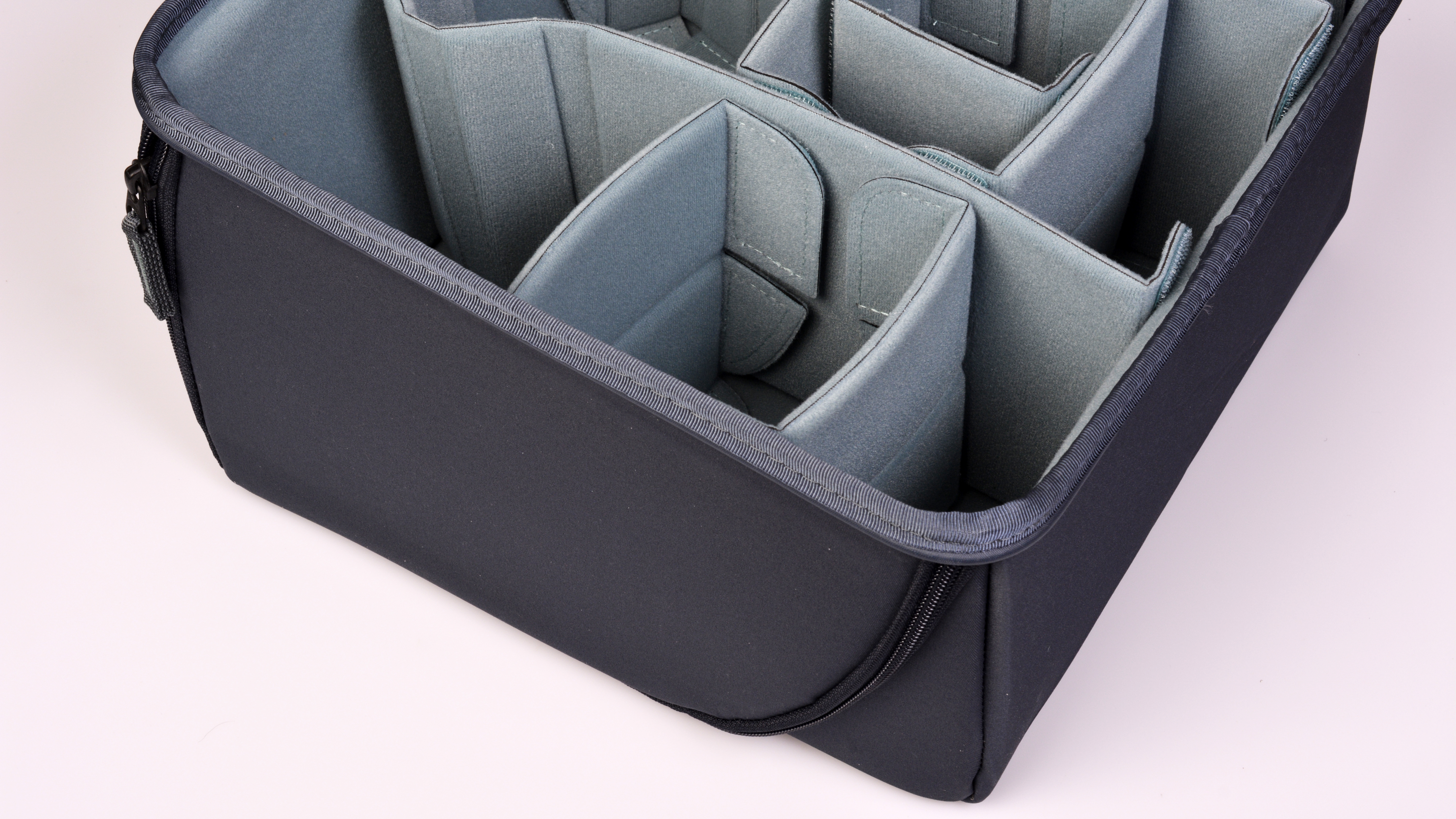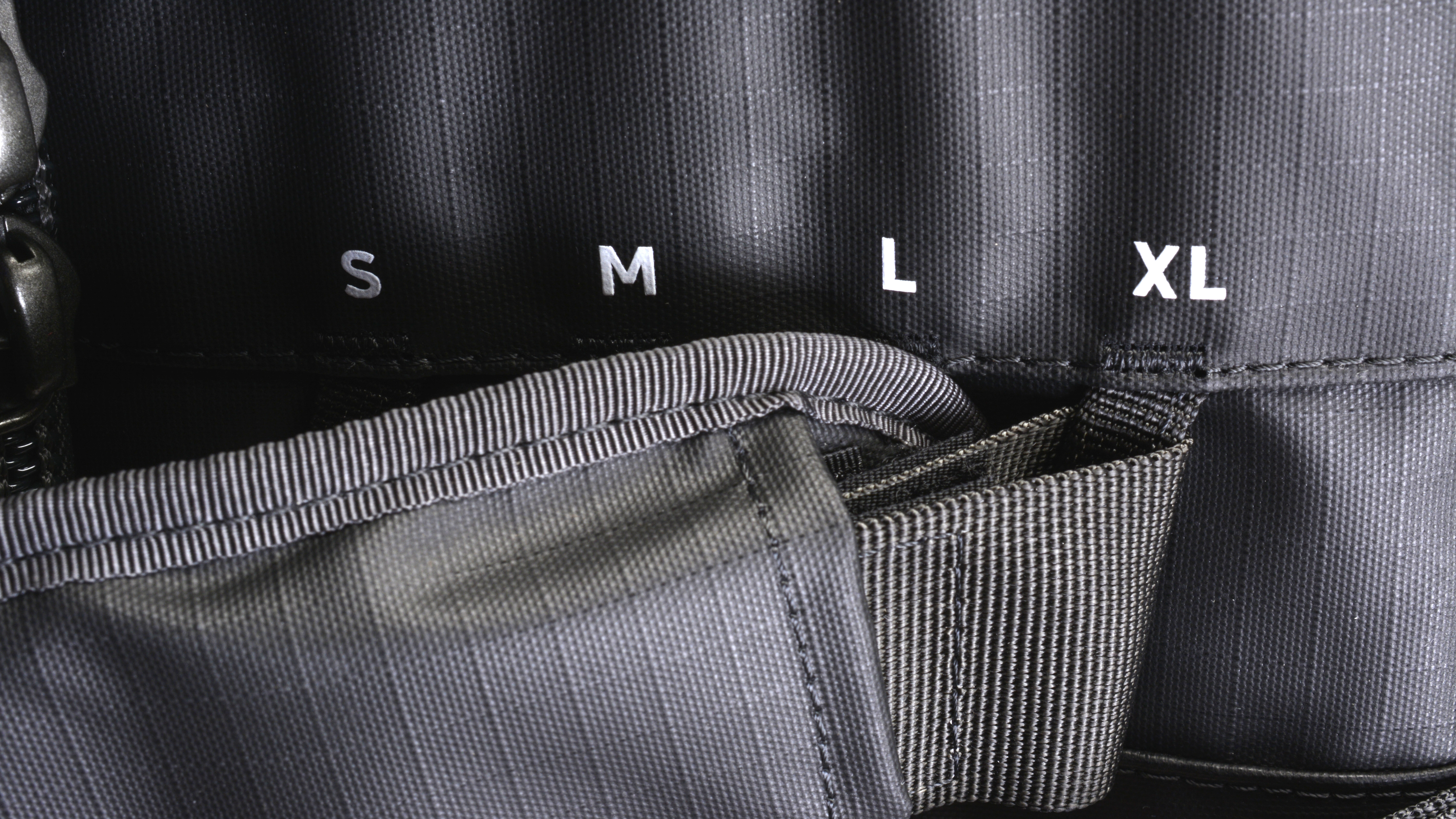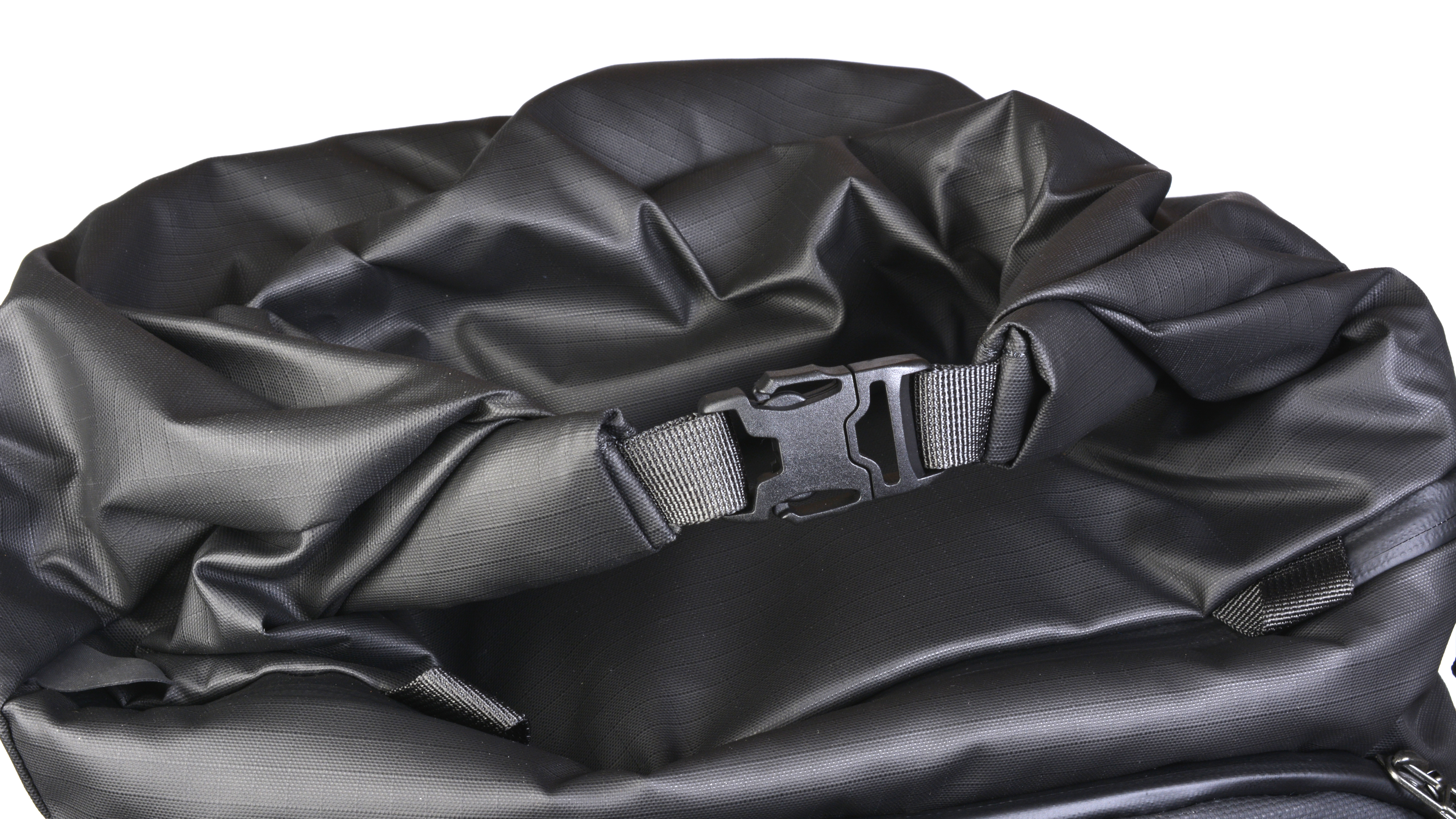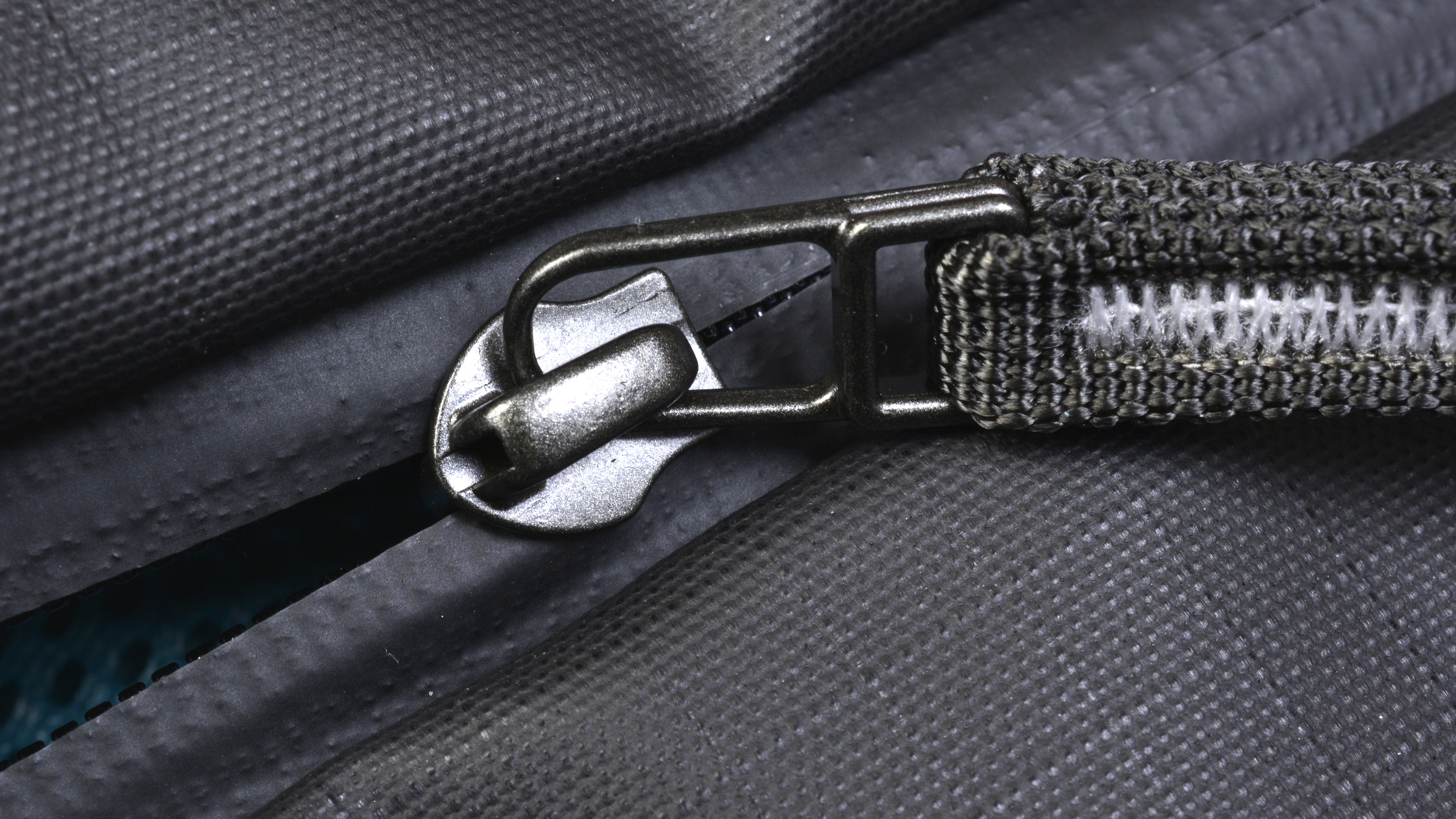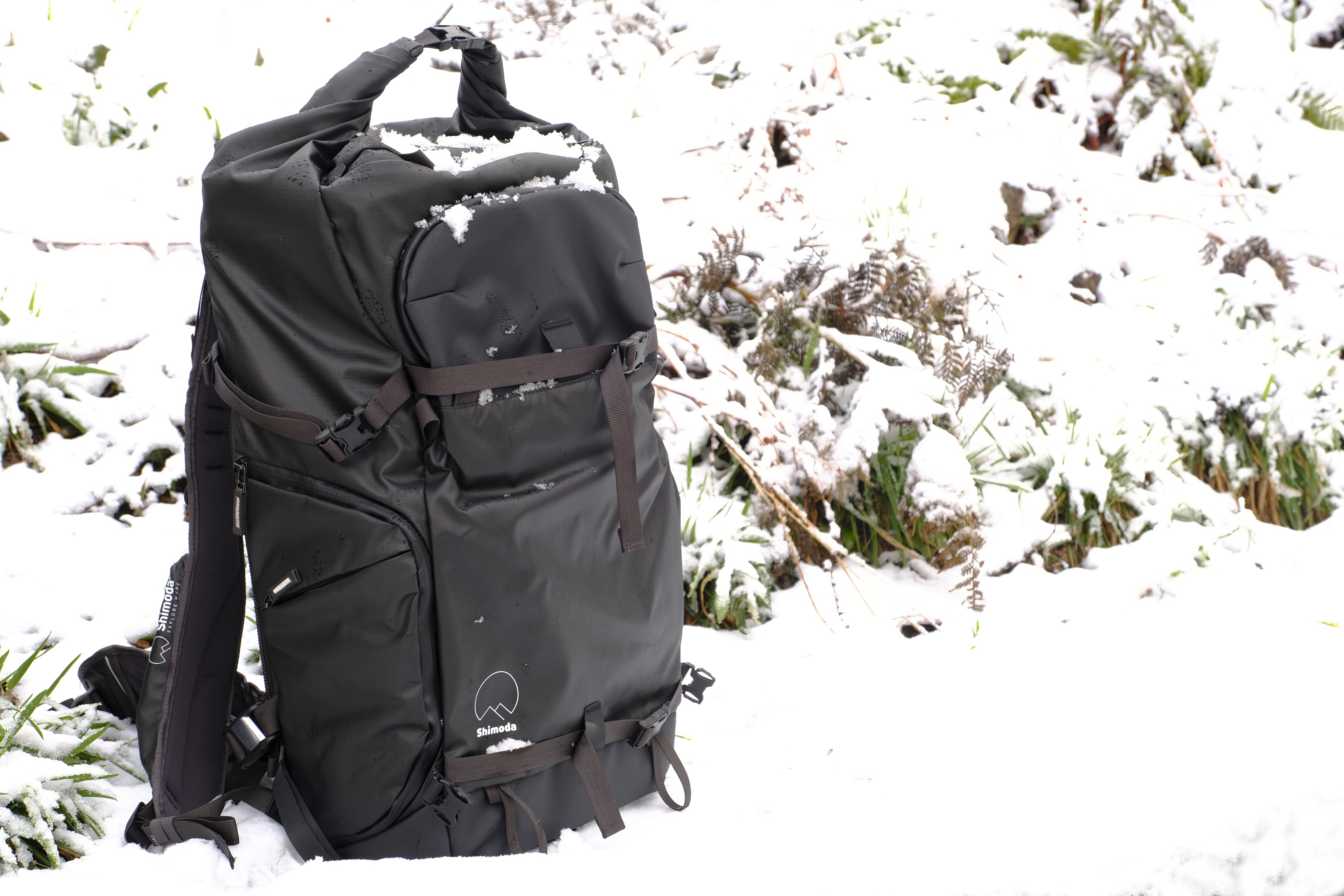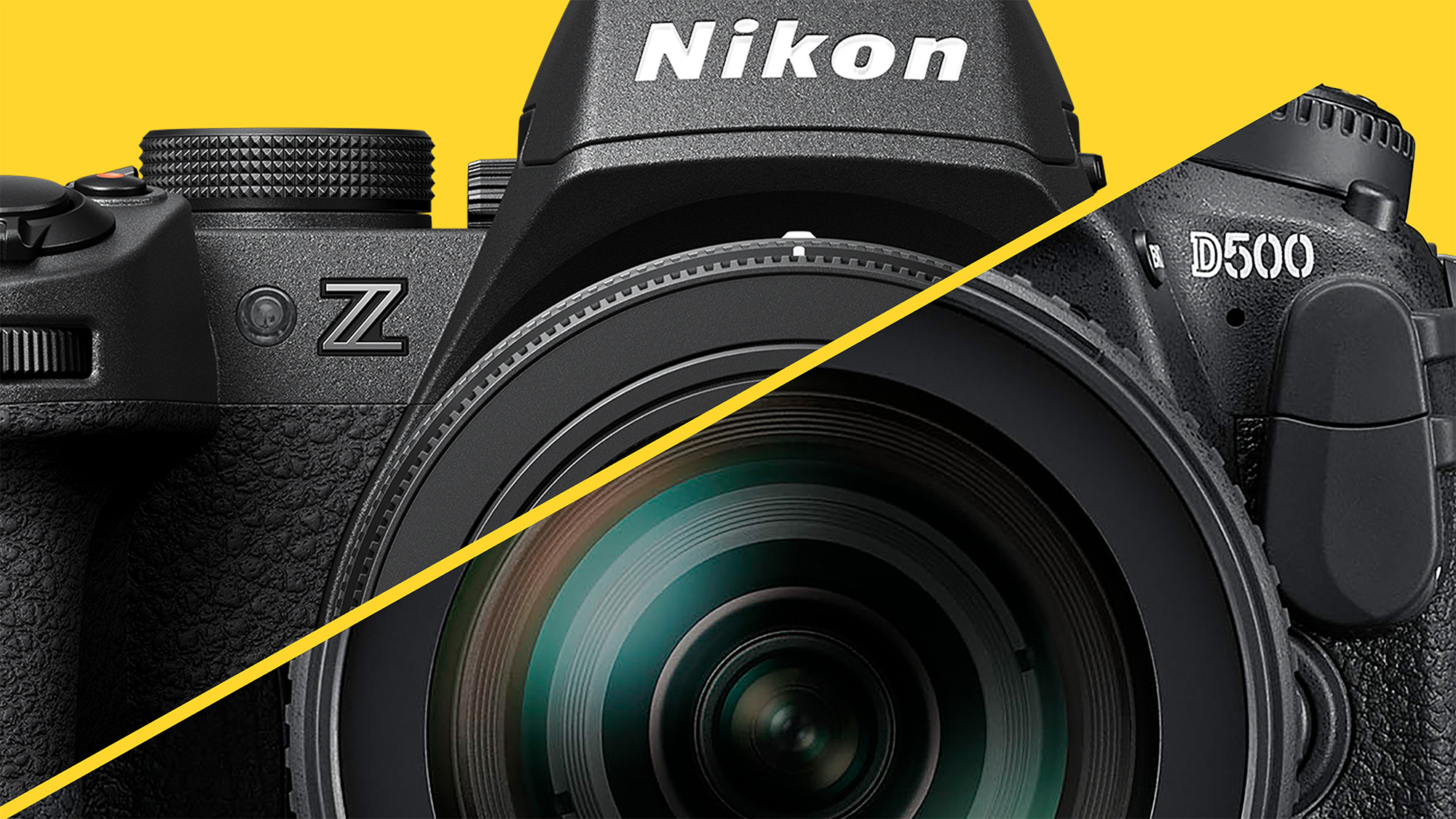Digital Camera World Verdict
There are a lot of demands on a photo backpack, especially if you’re really going to test it by taking loads of gear into difficult locations with challenging conditions like snow, rain or dust. Shimoda’s Action X50 is up to the job in terms of effectively protecting your equipment and also maximizing both comfort and convenience. There are also a number of clever photo backpack designs on the market, but X50’s many nifty features, big and small, are all about enhancing flexibility and practicality. The perfect photo backpack is almost certainly mythical, but the Action X50 gets pretty close.
Pros
- +
Waterproof
- +
Rear & side access
- +
Fully adjustable harness
Cons
Why you can trust Digital Camera World
You could be forgiven for wondering whether we really need another brand of camera bag when there’s already a bewildering array of makes and models on the market. Good point, but there’s always room for something different and, in fact, it’s what’s needed if you’re going to get noticed at all. Shimoda’s Action X50 photo backpack has quite a number of design elements and features worthy of noticing.
As you’ll guess from the word ‘Action’ in the model name, it’s specifically designed for sports and adventure photographers, but this makes it suitable for plenty of other applications such as wildlife, travel and landscape photography. In fact, if you do any sort of photography that gets you out in the all kinds of weather – and you need to carry a bit of gear – then the Action X50 will be of interest.
For starters, it’s properly waterproof so there’s no need to muck around with rain covers if conditions start to get seriously soggy. Rain covers stop the rain getting into your pack, but they also stop you getting in as well so, if you want to keep shooting in the rain or snow, they’ll definitely slow you down… and your gear will probably end up getting wet anyway.
The nylon exterior of the Shimoda Action X50 is fully coated to make it waterproof (as is the base) and YKK ‘SplashGuard’ zippers are used throughout so moisture can’t sneak in through any of the openings either. The ‘SplashGuard’ zippers are pretty clever and, when closed, you can’t see the zip itself at all as it’s completely sealed, so they’re a lot more effective than simple weather flaps. And they don’t just keep out moisture, but – equally important in this country – dust as well. Shimoda still offers a rain cover for this pack, but tellingly it’s an optional extra and, in reality, you’re unlikely to want to be out in the extreme conditions that would require its use anyway.
Inner space
In terms of access, the main compartment is reached through the rear of the pack, which means that, when it’s on your back, the contents are securely out-of-reach. However, you can still get to your gear as there’s also a side access panel allowing you to retrieve items without needing to take the pack off at all.
Fully-removable modules – Shimoda calls them Core Units – that are padded with customizable compartments are used to accommodate your gear and, in standard Starter Kit trim, the X50 comes with the ‘Medium DSLR Core Unit V2’. Into this you can fit two camera bodies and up to five lenses, but obviously it’s configurable for other combinations. The alternative Core Units are ‘Medium Mirrorless V2’ and ‘Large DSLR V2’. There are also two digital video kit options designed for the bigger X70 model. There’s also a more compact X30 model, and these numbers roughly correspond to the internal storage capacity in litres. The Core Units have their own zippered covers and these openings align with the pack’s side access panel. The X50 can accommodate two of the medium-sized Core Units in a stacked arrangement should you want to use for, say, a drone.
However, another clever aspect of the Action X series backpacks is that you can expand the interior via a roll-top arrangement. In total, this adds quite a bit of extra space (seven litres of volume to be specific) – that you might use for personal items such as clothing or for camping gear – but you only need to use as much as you want… simply fold down the top as far as is required. A slide-buckle secures the enclosure, and it’s still all moisture- and dustproof.
The best camera deals, reviews, product advice, and unmissable photography news, direct to your inbox!
Taking the load
Externally, the Action X50 is festooned with compression straps, adjusters, clips and loops for carrying items externally, including a tripod, sports gear like a snowboard, or trekking poles. There’s even a proper holder for a bike or ski helmet that holds it securely in place so it doesn’t bang around when you’re walking (and it’s removable if you don’t need it).
The fully-padded harness is adjustable to four settings – small, medium, large and extra-large representing a total of 10cm of vertical adjustment – to better suit your physical build. If you’re particularly small – a more petite woman, for example – the standard shoulder straps can be removed and replaced by an optional set specifically designed for these physiques. There are zippered pockets on each shoulder strap for items like smartphones or snacks. One of these is expandable so it will fit a water bottle (although there’s also a separate side pocket for one too).your back as you walk.
The rear panel also serves as a padded backrest and, on the inside, has a pocket for accommodating a laptop (up to 16-inches screen size) or a tablet. On the front is a compartment that contains a variety of organizational mesh pockets and pouches, ideal for items like cables, spare batteries, filters or other accessories. There’s yet another zippered opening along the top of the pack that provides quick access to the top compartment so you can easily retrieve, for example, a rain jacket or a fleece (plus there’s another good-sized mesh pocket in here for whatever odds and sods you care to put in there).
In the field, the Action X50 reveals how efficiently it makes use of its internal space. This model could probably be categorized as a mid-sized backpack, but it can swallow up a huge amount of stuff, both photographic and personal. In terms of the latter, there’s certainly sufficient space to carry what you’d typically need for a night or two in the field.
Having the camera gear module in the lower section of the pack enhances the weight distribution, but the extensive adjustability of the shoulder harness and the waist belt helps here too. A properly fitted and balanced pack makes all the difference in terms of minimising unnecessary stresses and strains, thereby minimising fatigue, especially when you’re trekking over longer distances. The convenience of having many items readily to hand while on the move is a big plus point too.
Empty, it weighs 1.9kg, which is pretty light for a photo backpack of this size, and obviously a good starting point if you’re planning to carry quite a bit of heavy gear… such as a fast supertelephoto lens. Rigidity – and also the space efficiency – is enhanced by an internal frame that allows the pack to stand up by itself even when fully loaded. This is important because we’ve seen quite a few photo backpacks that will tip over even if they’re propped up against something. Another welcome convenience is the provision of carry handles on both the top and side, both strong enough to take the weight of a loaded pack.
The myriad of harness and waist strap adjustments allow you to sit the pack where it’s most comfortable on your back and feels the best supported. Even after a longish walk over undulated terrain and with around 12 kilos of gear on board, the Action X50 still felt comfortable and securely fitted, the latter being particularly important when you’re negotiating slopes or rough ground where maintaining your balance is essential.
Shimoda Action X50: Verdict
There are a lot of demands on a photo backpack, especially if you’re really going to test it by taking loads of gear into difficult locations with challenging conditions like snow, rain or dust. Shimoda’s Action X50 is up to the job in terms of effectively protecting your equipment and also maximizing both comfort and convenience. There are also a number of clever photo backpack designs on the market, but X50’s many nifty features, big and small, are all about enhancing flexibility and practicality. Put simply, it works very well in whatever situation you might find yourself in when shooting in the great outdoors. The perfect photo backpack is almost certainly mythical, but the Action X50 gets pretty close.
Read more:
• Choosing the best camera bag
• Best messenger/shoulder bags
• Best camera backpacks
• Best camera sling bags
• Best camera holsters/pouches
• Best roller camera bags
• Best hard cases for camera kit
• Best leather camera bags
• Best laptop backpacks

Paul has been writing about cameras, photography and photographers for 40 years. He joined Australian Camera as an editorial assistant in 1982, subsequently becoming the magazine’s technical editor, and has been editor since 1998. He is also the editor of sister publication ProPhoto, a position he has held since 1989. In 2011, Paul was made an Honorary Fellow of the Institute Of Australian Photography (AIPP) in recognition of his long-term contribution to the Australian photo industry. Outside of his magazine work, he is the editor of the Contemporary Photographers: Australia series of monographs which document the lives of Australia’s most important photographers.
